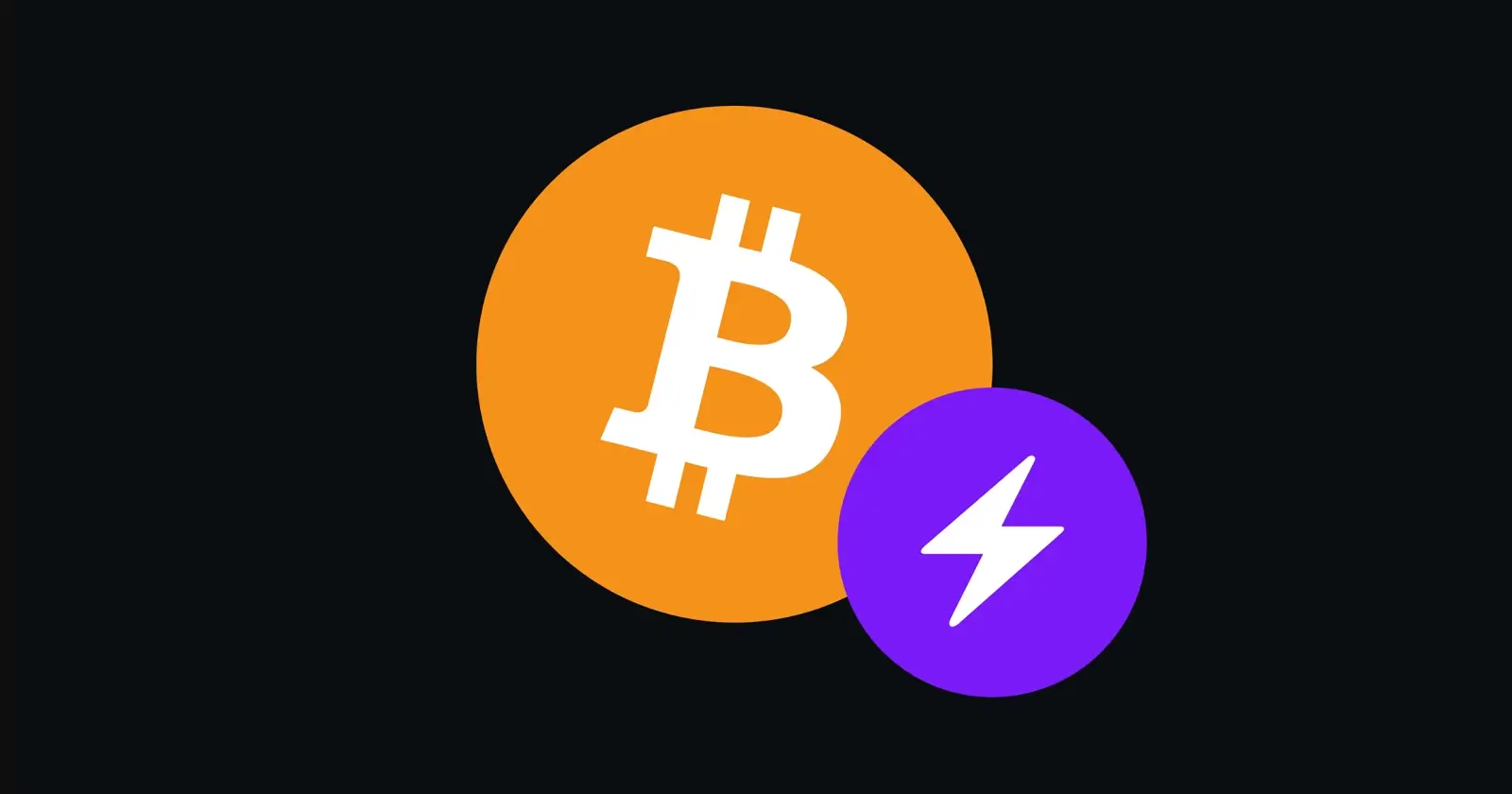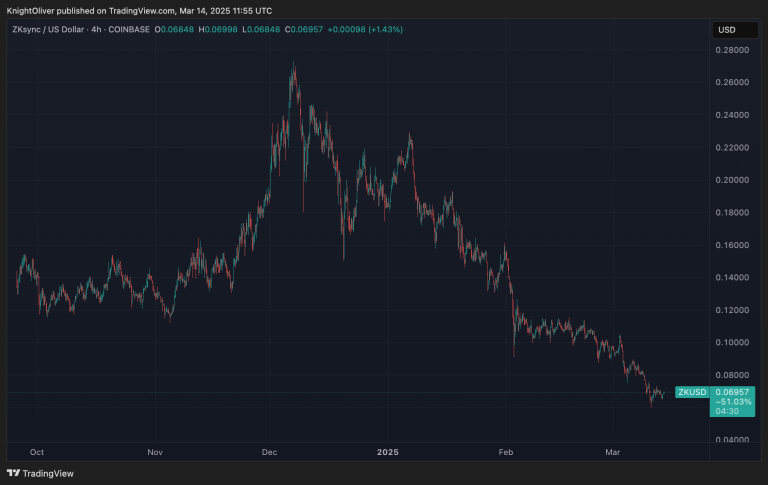The Lightning Network is a second-layer protocol designed to address Bitcoin’s scalability issues. Launched in March 2018, the Lightning mainnet has significantly increased its BTC network capacity to 300 BTC within three weeks. In this guide, we will explore what the Lightning Network is, how it functions, and its role in Bitcoin’s future.
The Scalability Challenge
Scalability refers to the network’s ability to handle increased demand, such as processing more transactions on the blockchain to support user growth. With only about 22 million Bitcoin wallets worldwide, Bitcoin needs to solve its scalability issues early for broader adoption as digital cash and a global currency.
Off-Chain Solutions
Off-chain solutions propose that a large portion of Bitcoin transactions occur on a parallel network instead of the main distributed ledger. This can be achieved using Multi-Signature (Multi-Sig) wallet technology, which adds an extra security layer for co-held funds, akin to requiring multiple signatures for a bank account withdrawal.
The Lightning Network
The Lightning Network, introduced in 2015 by Joseph Poon and Thaddeus Dryja, is a second-layer protocol that enables millions of transactions per second, significantly enhancing scalability.
How It Works
The network’s core component is bilateral payment channels, which are upgraded multi-sig wallets. Payment channels begin with an initial transaction on the main network, depositing the first funds.
Consider Bob and Jim playing Backgammon using Bitcoin. Instead of settling after each game on the main blockchain, they open a payment channel with a single main network transaction, allowing them to continue betting without the typical waiting times and high fees.
After a few games, they can close the channel and broadcast the last transaction to the main network, which includes all previous transactions.
Routing Characteristics and Limitations:
- Payments must traverse channels that contain at least the transfer amount.
- Routing may involve a small transition fee across channels.
- Participants remain unaware of the payment details beyond immediate connections, preserving privacy.
This revolutionary feature allows efficient global transactions, routing money rapidly and securely through interconnected channels.
Advantages and Drawbacks of the Lightning Network
With the Lightning Network, users enjoy greater anonymity, lower costs, faster speed, nano payments, and improved scalability. However, it requires connectivity for payments, involves keeping funds in a hot wallet, necessitates network monitoring to prevent fraud, and could lead to centralization through Payment Hubs.
Lightning Network: Building a New Ecosystem
While Payment Hubs introduce centralization, they incentivize running Lightning nodes, allowing Bitcoin holders to earn interest by hosting payment channels. Watchtowers, another ecosystem component, prevent fraud by monitoring transactions.
Current Adoption Stage
Since the Lightning Labs mainnet release, the network has rapidly expanded, with over 1,900 nodes and more than 11,000 channels, tripling its network capacity to over 300 BTC recently.
Conclusion
The Lightning Network is vital for Bitcoin’s scalability, transforming it into viable digital cash for everyday use. While still in development, its global adoption is anticipated, driven by leading developers.










